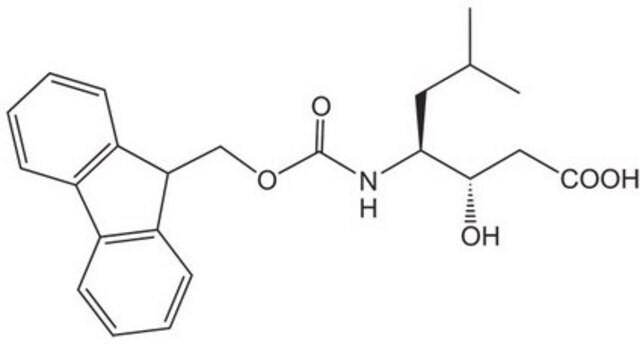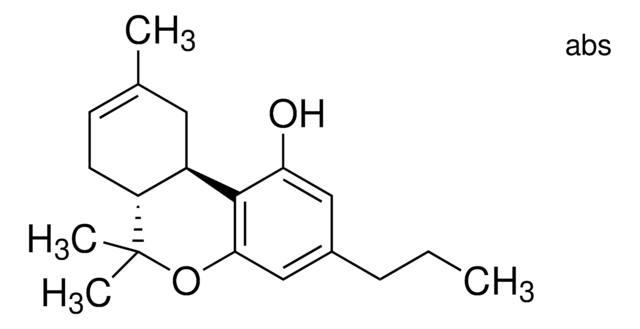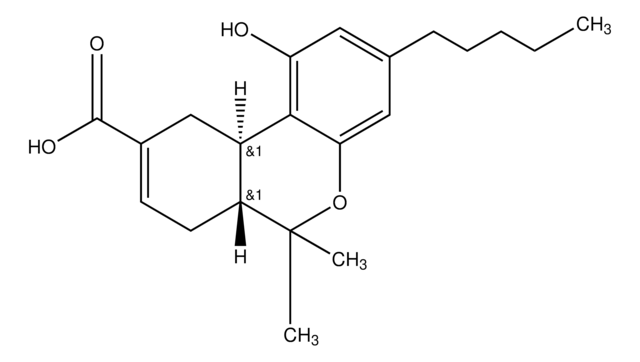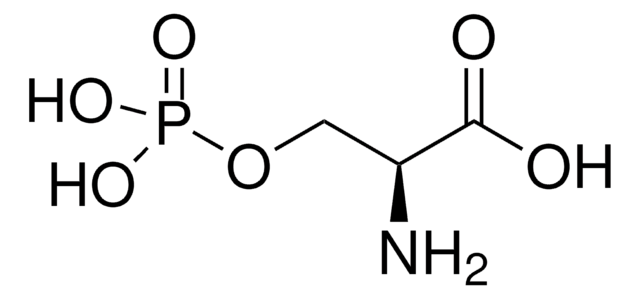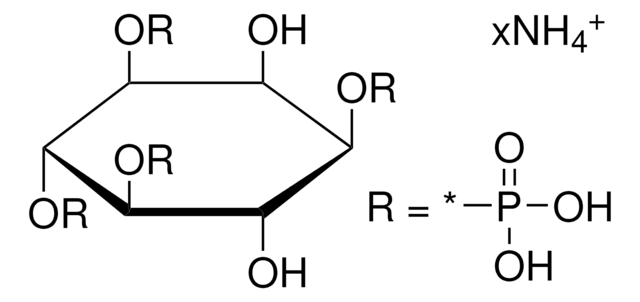H7909
HU-210
solid (air sensitive)
Sinónimos:
(6aR-trans-3-(1, 1-Dimethylheptyl)-6a,7,10,10a-tetrahydro-1-hydroxy-6,6-dimethyl-6H-dibenzo[b,d]pyran-9-methanol
About This Item
Productos recomendados
form
solid (air sensitive)
Quality Level
drug control
USDEA Schedule I; stupéfiant (France); regulated under CDSA - not available from Sigma-Aldrich Canada
storage condition
desiccated
solubility
DMSO: soluble
shipped in
wet ice
storage temp.
−20°C
SMILES string
[H][C@@]12CC(CO)=CC[C@@]1([H])C(C)(C)Oc3cc(cc(O)c23)C(C)(C)CCCCCC
InChI
1S/C25H38O3/c1-6-7-8-9-12-24(2,3)18-14-21(27)23-19-13-17(16-26)10-11-20(19)25(4,5)28-22(23)15-18/h10,14-15,19-20,26-27H,6-9,11-13,16H2,1-5H3/t19-,20-/m1/s1
InChI key
SSQJFGMEZBFMNV-WOJBJXKFSA-N
Gene Information
human ... CNR1(1268) , CNR2(1269)
rat ... Cnr1(25248)
¿Está buscando productos similares? Visita Guía de comparación de productos
Biochem/physiol Actions
Features and Benefits
Storage Class
11 - Combustible Solids
wgk_germany
WGK 3
flash_point_f
Not applicable
flash_point_c
Not applicable
ppe
Eyeshields, Gloves, type N95 (US)
Certificados de análisis (COA)
Busque Certificados de análisis (COA) introduciendo el número de lote del producto. Los números de lote se encuentran en la etiqueta del producto después de las palabras «Lot» o «Batch»
¿Ya tiene este producto?
Encuentre la documentación para los productos que ha comprado recientemente en la Biblioteca de documentos.
Nuestro equipo de científicos tiene experiencia en todas las áreas de investigación: Ciencias de la vida, Ciencia de los materiales, Síntesis química, Cromatografía, Analítica y muchas otras.
Póngase en contacto con el Servicio técnico
